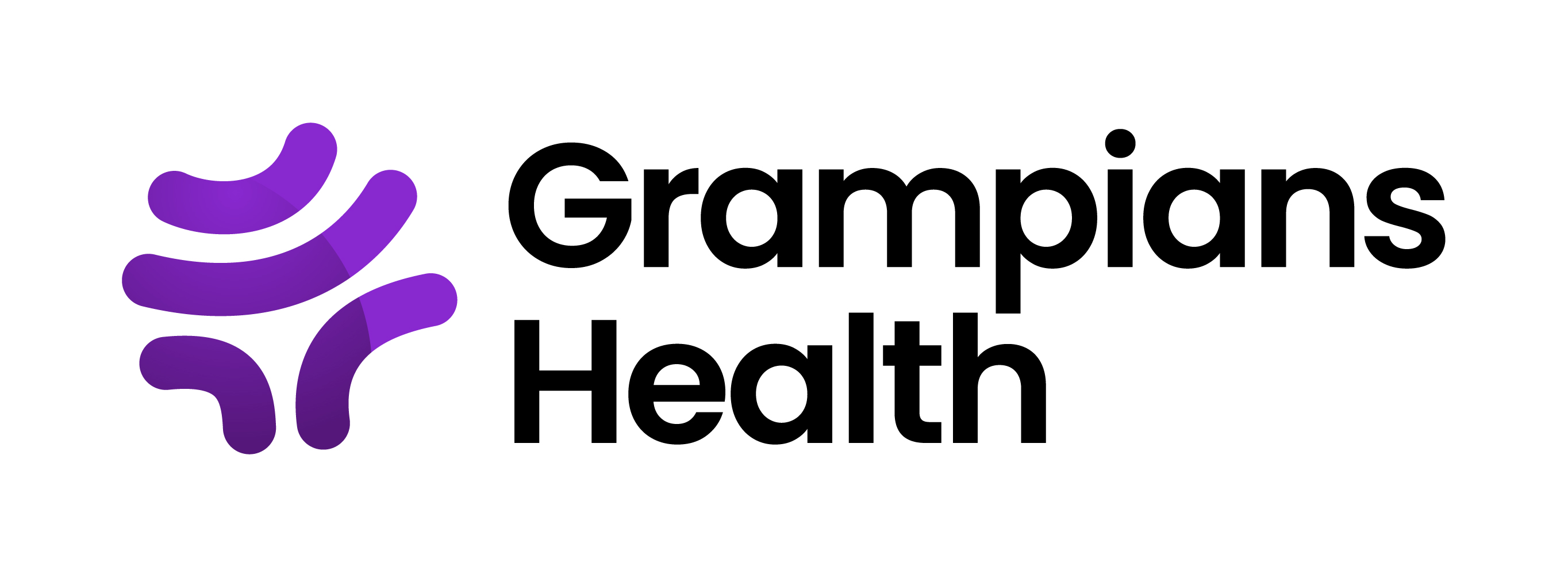Please use this identifier to cite or link to this item:
http://hdl.handle.net/11054/2243| Title: | Medication use in HFrEF following implementation of multidisciplinary heart failure model of care in a regional health service. |
| Author: | Wijayarathne, Pasangi Macaulay, Linda Kelly, Ben Zeitzen, Trent Ko, Soe Livori, Adam Ritchie, Ed Hitch, A. |
| Issue Date: | 2023 |
| Conference Name: | 71st Annual Scientific Meeting of the Cardiac Society of Australia and New Zealand |
| Conference Date: | August 3-6 |
| Conference Place: | Adelaide, South Australia |
| Abstract: | Background: Guideline-directed medical therapy (GDMT) for heart failure with reduced ejection fraction (HFrEF) recommends four classes of medications: angiotensin-converting enzyme inhibitors (ACEi)/angiotensin receptor blockers (ARB)/angiotensin receptor-neprilysin inhibitor (ARNI); beta blockers (BB); mineralocorticoid receptor antagonists (MRA); and sodium-glucose cotransporter-2 inhibitors (SGLT2i). In line with the Heart Failure Collaborative with Safer Care Victoria, a multidisciplinary model of care was implemented to enhance GDMT prescription. Methods: Patients admitted to Ballarat Base Hospital with HFrEF (ejection fraction <40%) from February to December 2022 were recruited and reviewed by a specialised heart failure nurse practitioner, pharmacist, and cardiologist documenting advice on GDMT. Results: A total of 112 patients were hospitalised with HFrEF. The mean age was 72 years, 34 (30%) were females and 78 (70%) males. Common comorbidities included 61 with hypertension (55%), 59 with ischaemic heart disease (53%), 51 with atrial fibrillation (46%), and 42 with diabetes (38%). Median length of stay was 7 days (interquartile range 4–13). On hospital discharge, the number of patients prescribed at least one drug, two drugs, three drugs, and all four drugs were 101 (90%), 85 (75.9%), 52 (46.4%), and 12 (11%), respectively. Eighty-nine (80%) patients were prescribed BB, 86 (77%) ACEi/ARB/ARNI, 62 (55%) MRA, and 15 (13%) SGLT2i. This is comparable with a systematic review of medication prescription across 11 studies, with prescription rates of 80.9% for ACEi/ARB, 78% for BB, and 47% for MRAs. Conclusion: Multidisciplinary interventions support medication uptake in hospitalised patients for successful implementation of clinical practice guidelines. Further research will include investigation of titration of these therapies post-discharge. |
| URI: | http://hdl.handle.net/11054/2243 |
| Internal ID Number: | 02275 |
| Health Subject: | HEART FAULURE MULTIDISCIPLINARY CARE |
| Type: | Conference Presentation |
| Appears in Collections: | Research Output |
Files in This Item:
| File | Description | Size | Format | |
|---|---|---|---|---|
| csanz poster MADHUKA draft 2.pdf | 879.41 kB | Adobe PDF |  View/Open |
Items in DSpace are protected by copyright, with all rights reserved, unless otherwise indicated.
